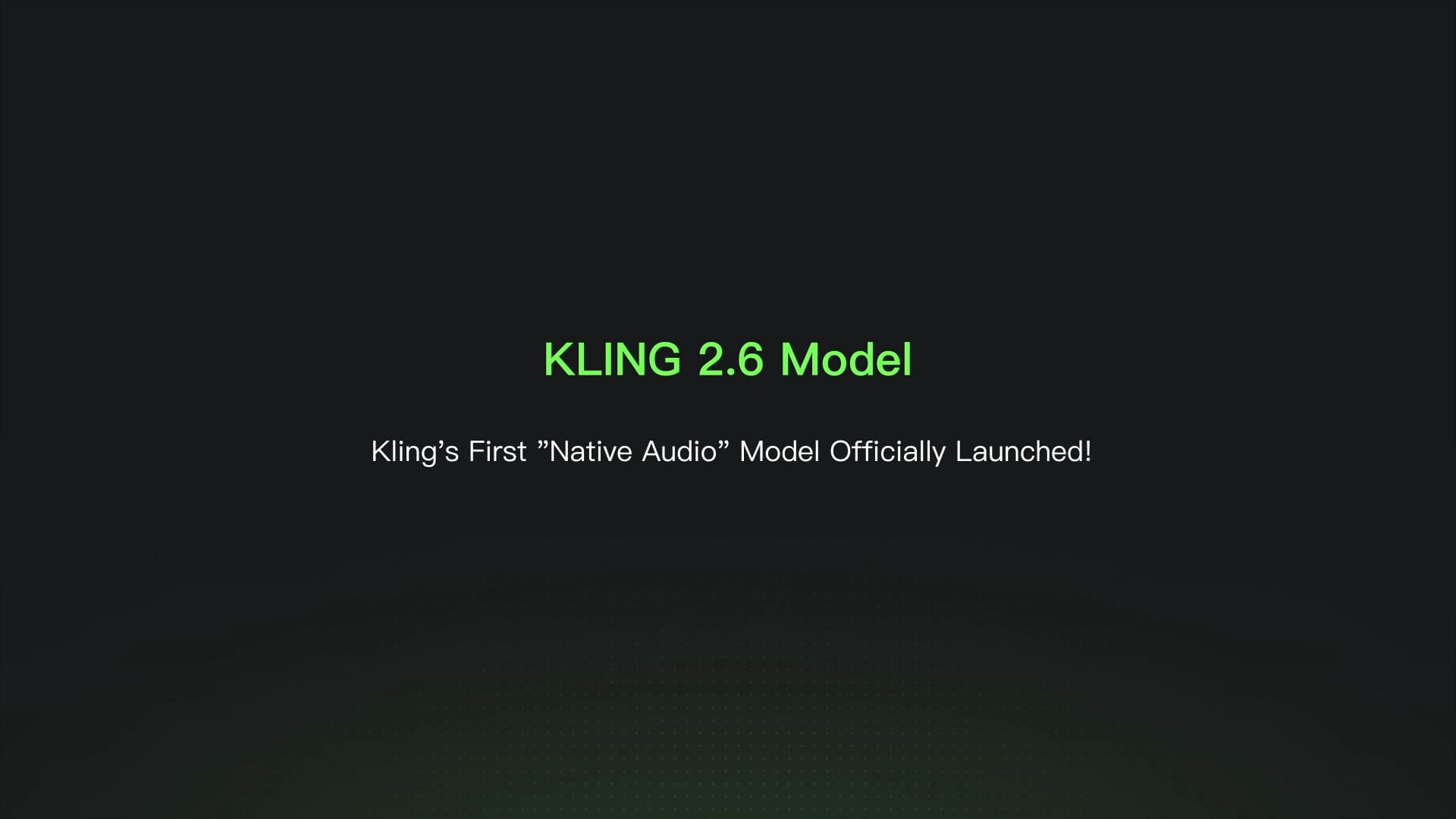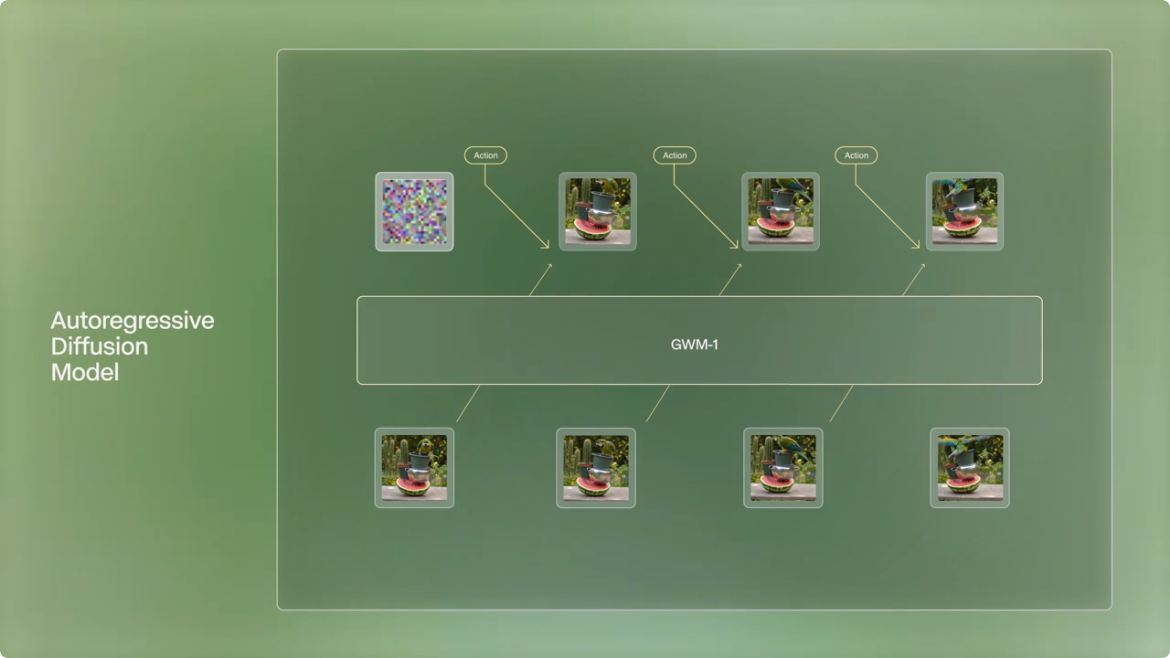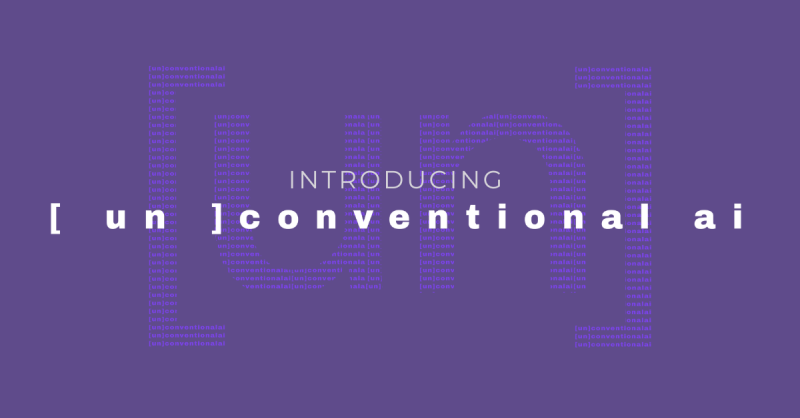Igor Savchenko is the CTO and co-founder of Scalr, a remote state and operation backend for Terraform and OpenTofu. He is also one of the co-founders of OpenTofu. During our conversation with Igor, we explored different DevOps tools, talked about infrastructure challenges and security. We also dived into MLOps, LLMops, and AI Agents, discussed the future of infrastructure, made some predictions, and talked about whether AI Agents could replace DevOps engineers.
Dmytro Spodarets Podcast #1: AI Agents, Scalr, OpenTofu, DevOps tools, MLOps, LLMops
Infrastructure trends, DevOps challenges, and bold predictions — including whether AI Agents could replace DevOps engineers.





